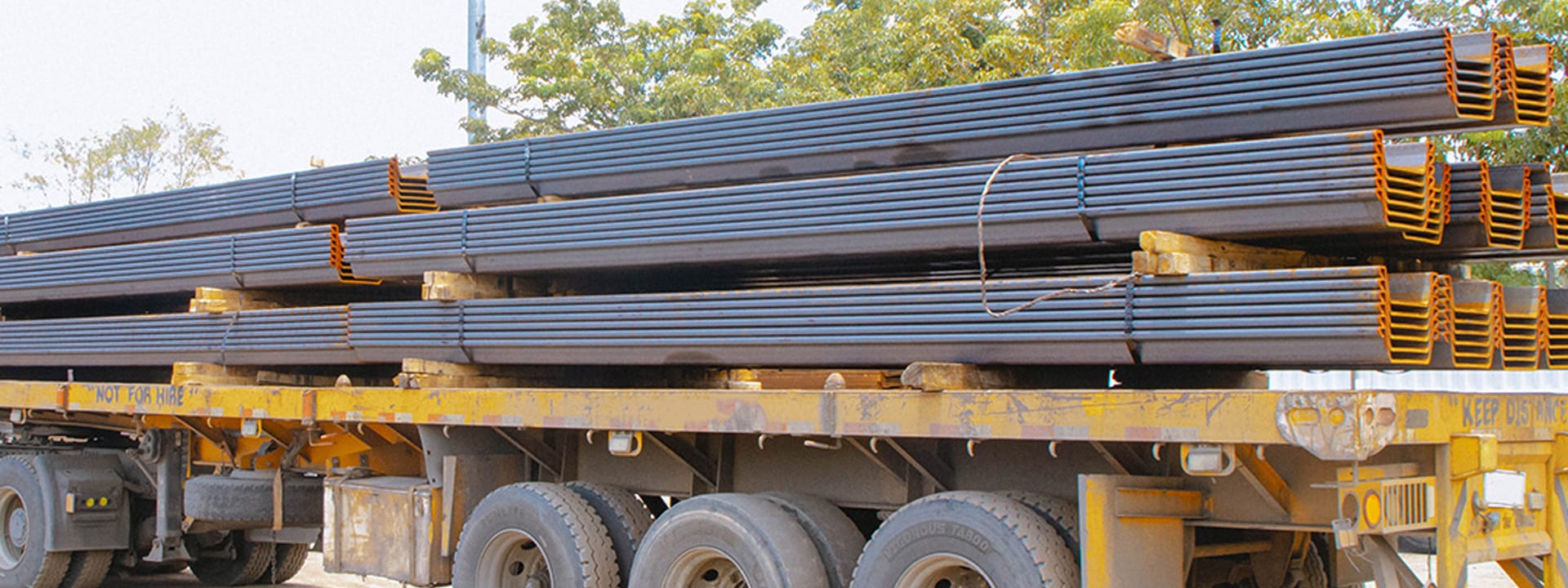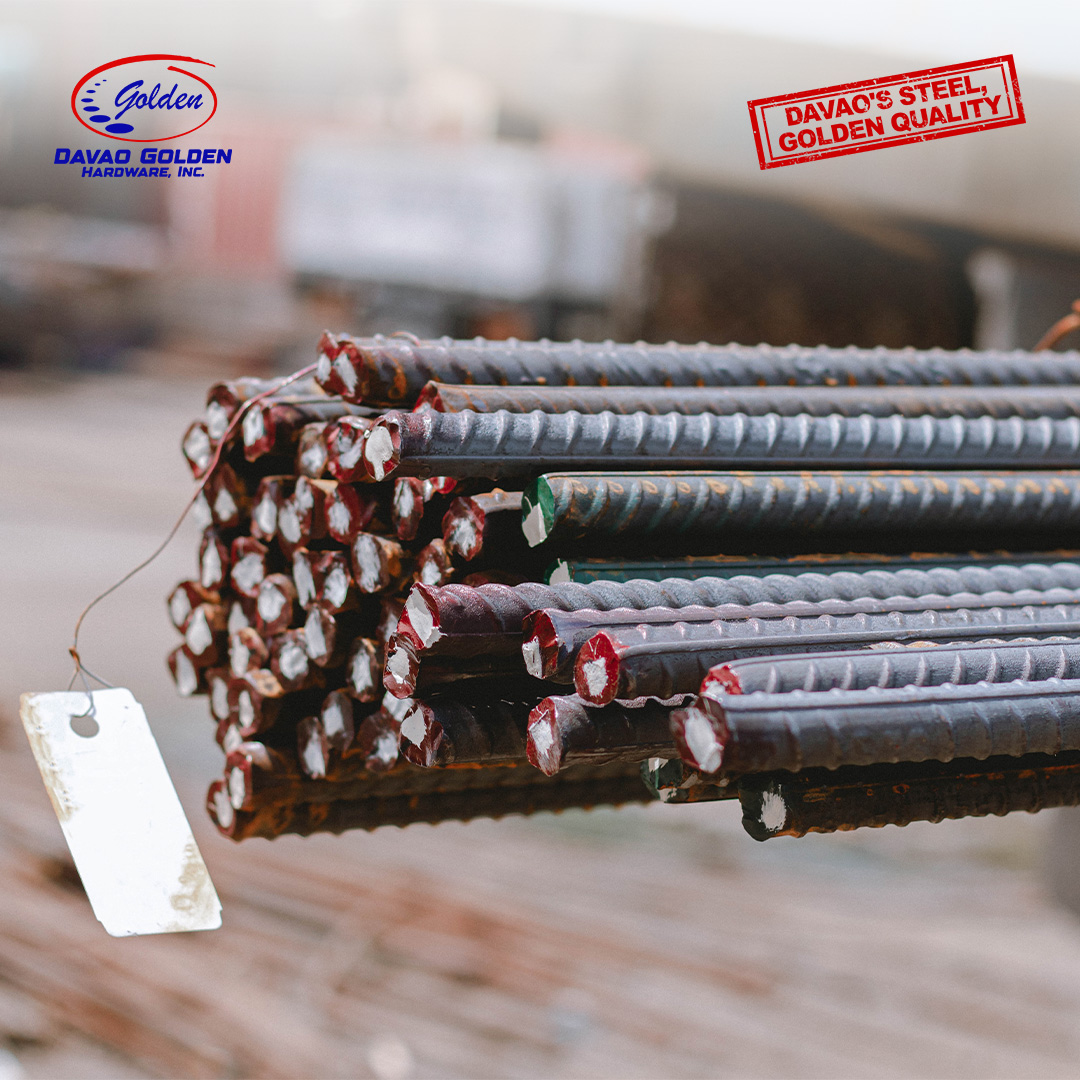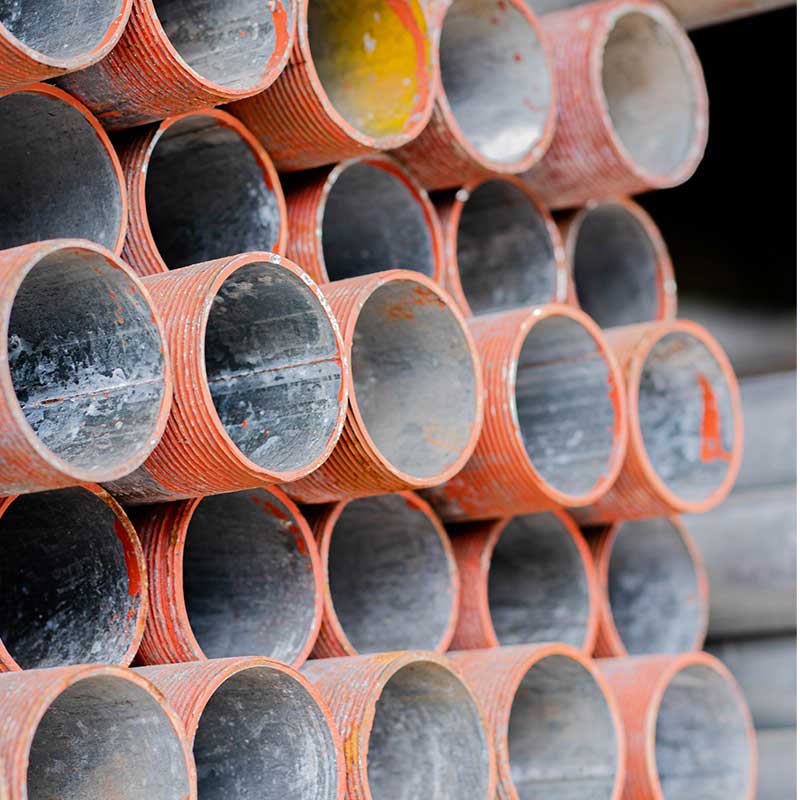How MHZ Sheet Piles Minimize Environmental Impact

Understanding the environmental impact of MHZ Sheet Piles is crucial in today’s eco-conscious construction industry. As sustainability becomes increasingly important, MHZ sheet piles have demonstrated significant positive environmental impacts through their design, installation, and long-term performance. The environmental impact of these innovative sheet piles showcases how construction materials can effectively balance ecological responsibility with structural excellence.
The assessment of environmental impact in construction projects, according to the Environmental Management Bureau (EMB), highlights MHZ Sheet Piles as a leading solution in sustainable building practices. Through careful design and implementation, these sheet piles minimize environmental disruption while maximizing construction efficiency.
Environmental Advantages
Environmental Impact of MHZ Sheet Piles
According to the Environmental Management Bureau (EMB), construction practices significantly impact our environment. MHZ sheet piles address these concerns through:
1. Reduced Carbon Footprint
- Efficient manufacturing process
- Optimized transportation
- Minimal equipment requirements
- Lower energy consumption
2. Soil Conservation
- Limited ground disturbance
- Reduced excavation needs
- Soil stability maintenance
- Natural drainage preservation
Sustainable Manufacturing Process
The Department of Environment and Natural Resources emphasizes sustainable production methods:
Material Efficiency
- 100% recyclable steel
- Optimized material usage
- Waste reduction strategies
- Resource conservation
Energy Conservation
- Modern production facilities
- Efficient processing
- Reduced energy consumption
- Heat recovery systems
Installation Environmental Benefits
1. Minimal Ground Disruption
- Precise installation methods
- Reduced excavation needs
- Soil structure preservation
- Natural water flow maintenance
2. Noise and Vibration Control
- Low-impact installation
- Reduced noise pollution
- Minimal vibration effects
- Community consideration
Water Protection Features
Groundwater Preservation
- Effective sealing properties
- Contamination prevention
- Natural flow maintenance
- Aquifer protection
Surface Water Protection
- Erosion control
- Sediment reduction
- Water quality maintenance
- Ecosystem preservation
Long-term Environmental Impact
1. Durability Benefits
- Extended service life (50+ years)
- Reduced replacement needs
- Lower maintenance requirements
- Resource conservation
2. Material Lifecycle
- Complete recyclability
- Reuse potential
- Minimal waste
- Circular economy support
Eco-friendly Project Applications
Coastal Protection
- Natural habitat preservation
- Erosion prevention
- Marine life protection
- Sustainable shoreline management
Urban Development
- Green construction practices
- Reduced environmental footprint
- Sustainable infrastructure
- Urban ecosystem protection
Environmental Compliance
The Climate Change Commission recognizes several benefits:
Regulatory Standards
- Meets environmental regulations
- Exceeds eco-requirements
- Certified sustainability
- Environmental compliance
Carbon Reduction
- Lower emissions
- Energy efficiency
- Sustainable practices
- Climate change mitigation
Future Environmental Considerations
1. Innovation Focus
- Ongoing improvements
- Environmental research
- Sustainable development
- Green technology integration
2. Industry Leadership
- Environmental standards
- Sustainable practices
- Industry benchmarks
- Green construction
Practical Implementation
Project Planning
- Environmental assessment
- Impact minimization
- Sustainable methods
- Ecosystem protection
Construction Phase
- Eco-friendly installation
- Environmental monitoring
- Impact management
- Protection measures
Conclusion
The environmental impact of MHZ Sheet Piles demonstrates a significant advancement in sustainable construction practices. Through careful analysis of their environmental impact, these sheet piles have proven that construction materials can effectively balance ecological responsibility with structural performance. The positive environmental impact of MHZ Sheet Piles is evident across multiple aspects:
- Reduced carbon footprint in manufacturing and installation
- Minimal disruption to natural ecosystems
- Significant contribution to water and soil protection
- Long-term environmental sustainability through durability
- Support for green building initiatives and certifications
As construction projects increasingly prioritize environmental considerations, the proven positive environmental impact of MHZ Sheet Piles makes them an ideal choice for sustainable development. Their comprehensive approach to environmental protection, combined with superior performance, sets a new standard for eco-friendly construction solutions.




